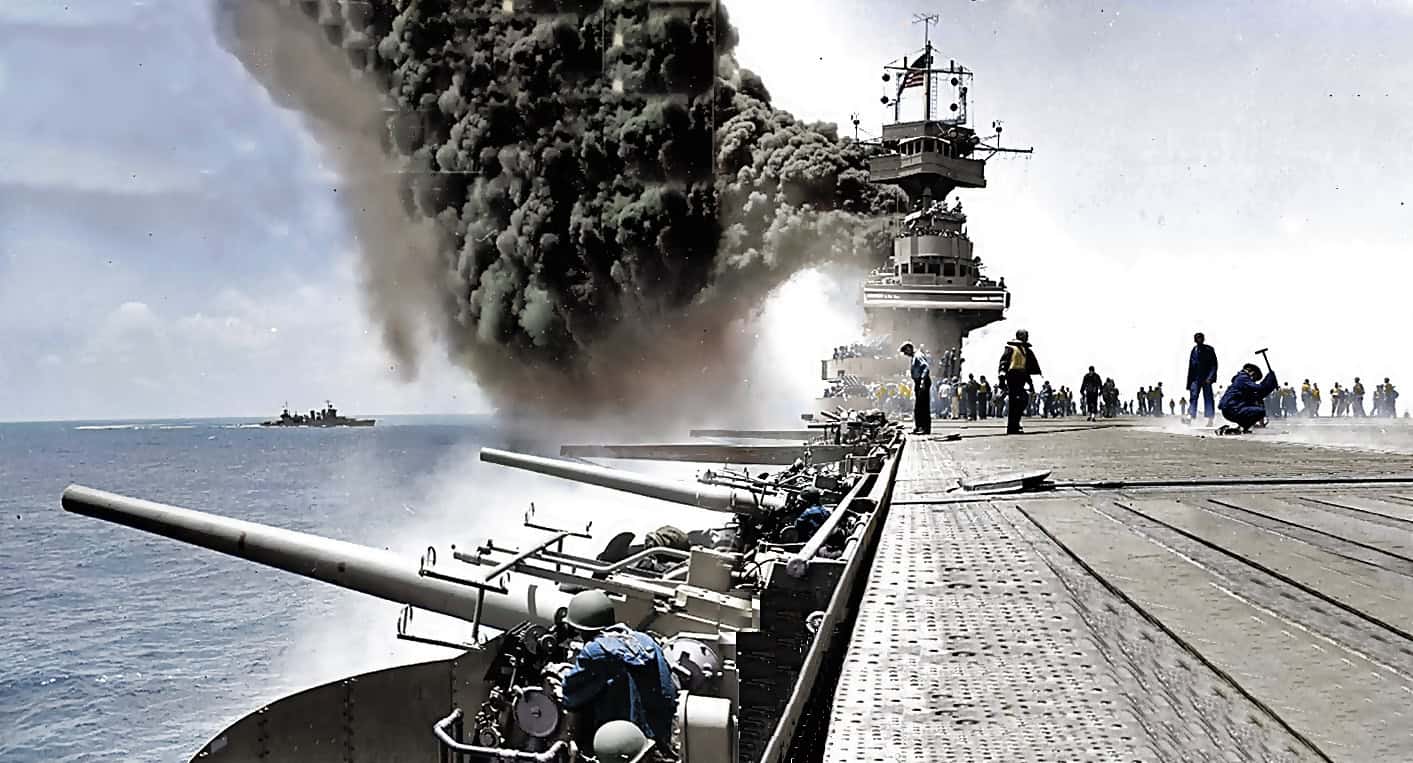
"Aircraft carriers have been central to the U.S. Navy, and over the years they have only increased in importance since their introduction in World War 2. Each new generation has pushed the limits of range, aircraft capacity, and survivability. The Yorktown, Essex, and Midway classes would set the stage for the modern Navy we know today. These carriers acted as mobile airbases that allowed the U.S. to strike deep into enemy territory."
"The Yorktown class proved the concept, the Essex class perfected it, and the Midway class expanded it to a new scale of endurance and firepower. Together, they bridged the gap between the era of battleships and the age of aviation dominance, establishing the carrier as the Navy's true flagship and the cornerstone of American military strategy for decades to come."
Aircraft carriers became central to the U.S. Navy and increased in importance after their World War II introduction. Successive generations pushed limits of range, aircraft capacity, and survivability. The Yorktown class proved the concept, the Essex class perfected it, and the Midway class expanded endurance and firepower. Carriers served as mobile airbases enabling strikes deep into enemy territory and bridged the gap between battleships and aviation dominance. The carrier emerged as the Navy's flagship and a cornerstone of American military strategy for decades. Carrier selections by capacity used historical and military sources and included classifications, commissioning dates, and aircraft capacities. The USS Antietam (CV-36) was commissioned in January 1945 but was too late to see combat before Japan's surrender.
Read at 24/7 Wall St.
Unable to calculate read time
Collection
[
|
...
]